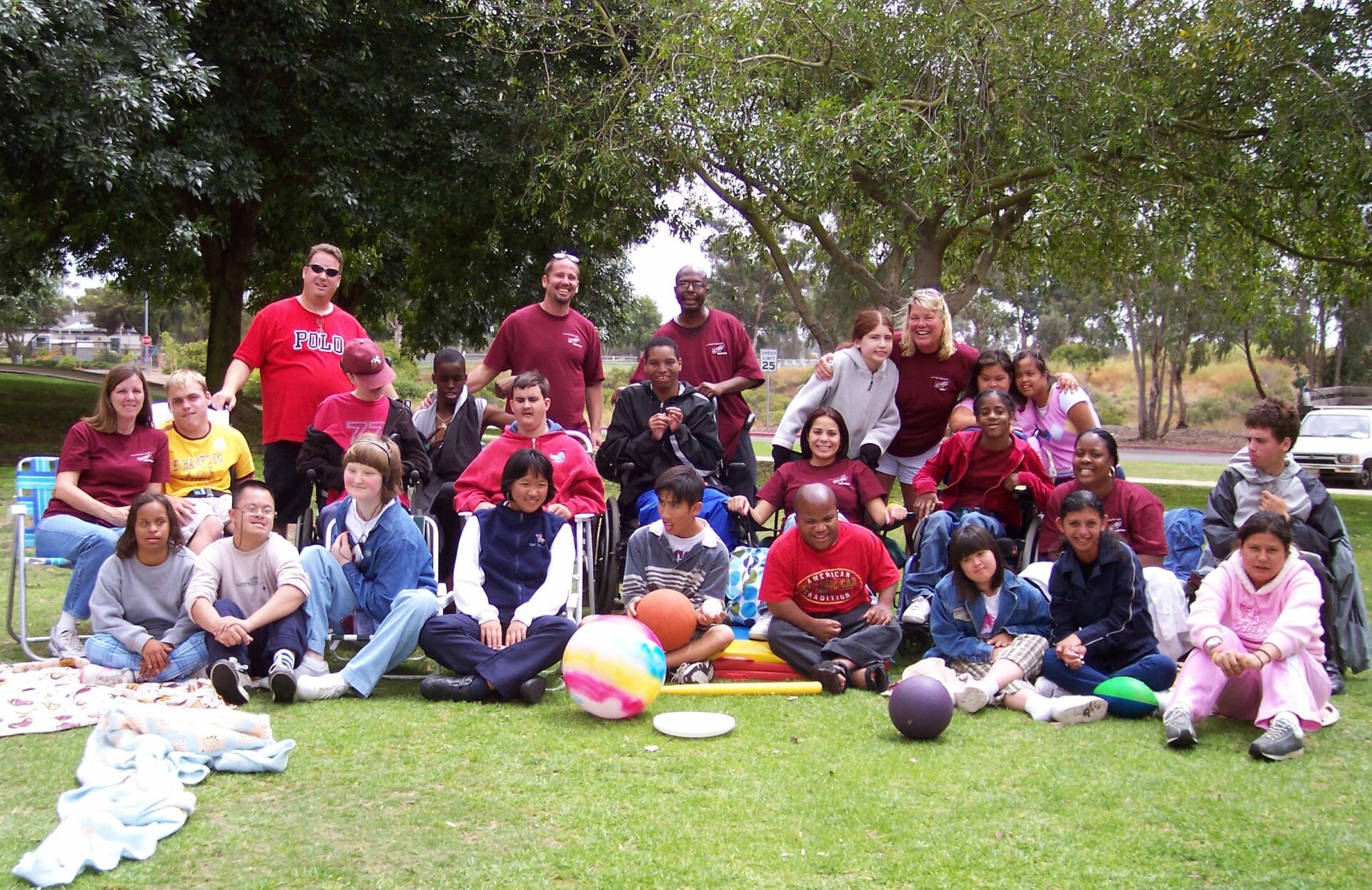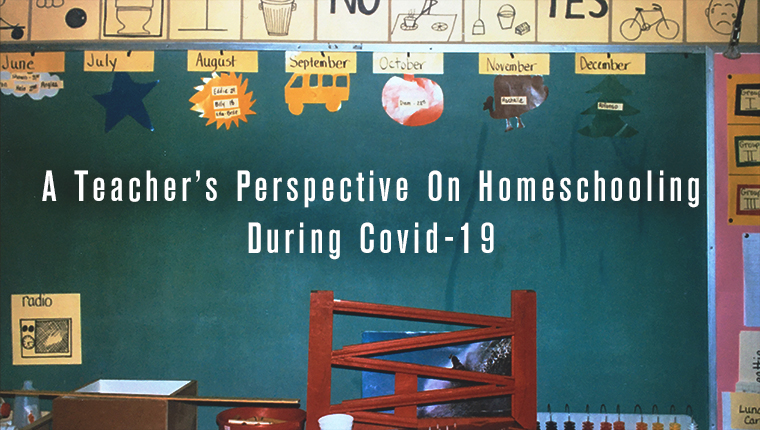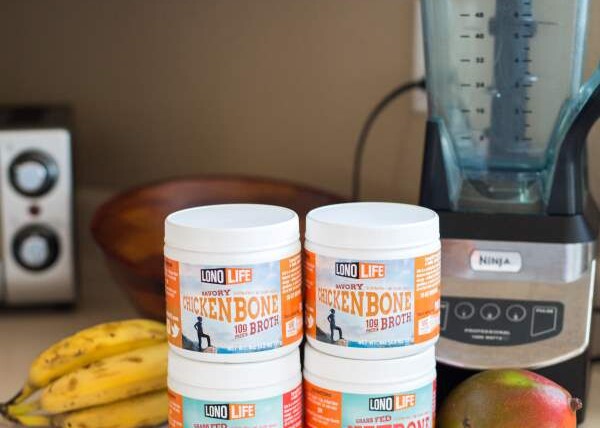As we inch our way towards the end of the school year, many parents (and students) across the country are letting out a communal sigh. This homeschooling business has not been easy on many of us who felt unprepared and ill-equipped to suddenly become our kids’ teaching aids — often while having to navigate our own jobs from a suddenly over-crowded “workspace.”
You know who else wasn’t prepared for this sudden shift in the school environment? Teachers! While they might be the pros at educating our children, most of them weren’t set up either for doing it remotely. We think it’s fair to say that given the current climate, we’ve all been doing our best. And if you’re anything like us, you’re probably also realizing now that teachers really ARE the best! We thought it would be helpful to check in with a couple of LonoLife friends who happen to be teachers to hear how they feel about homeschooling during this time, and pass on any advice they might have for us all. After all, there’s a chance homeschooling may be part of our lives to some degree or other for some time to come.
Meet Peggy Fraser, an Education Specialist for students with moderate-to-severe learning difficulties at the high school level, and Grace Dixon, a 4th grade elementary teacher.
How has this experience of suddenly finding yourself homeschooling been for you as a teacher?

Grace: From the beginning of this whole experience, I have really tried maintaining a positive mindset and have kept my kids as my priority through it all. I am a fourth grade teacher so my students are 9-11 years old and so no matter how overwhelmed, upset, or challenged I have felt through this experience, I try to remind myself that I need to make the most of this for them because I can’t imagine how confusing and scary a pandemic is for a child. With teaching, you become very comfortable with doing things a certain way and it’s important that we create routines for ourselves and our students. COVID-19 has completely broken that routine we are all used to and has now forced us to, as educators, look at our instruction differently and go outside of our comfort zone. I really try to remind myself that this is an opportunity for me to educate myself and try things with technology that otherwise it’s hard to find the time to learn about and implement in the classroom.
Peggy: My experience may be a little different than most as I am an education specialist teacher for high school students with moderate to severe physical, intellectual and emotional challenges. Many of my students require their parents or siblings to assist them to join our daily Zoom meetings or our google classroom. That being said I am impressed at how we came together as a community (we call ourselves a village) for our distant learning experiences.
What are some of the biggest challenges you are seeing amongst your students?
Grace: I think the biggest challenge so far is connecting with all of my students. My school district is fortunate enough to have a lot of laptops that went home for student use; however, I’m still having a hard time getting them all to login and connect with me, whether it be on the phone, through Zoom, or through email. I have exhausted all forms of communication. I teach in a Title I school as well which means that a lot of my students do not have parents at home who can help them with the work or who are struggling right now just to meet their family’s basic needs of food and a home. I am sad to say that the economic impact this has had on the community I serve is pretty severe.
Another challenge that I think lends itself to the issue of connecting with ALL students is the engagement in the material with my students. It is more difficult than ever to keep these kids engaged in school work when I have to compete with distractions at home and the entire internet, but I’ve been working tirelessly on making my lessons as accessible and fun as possible to try and keep my kids showing up each day and looking forward to the work they complete. We have had guest speakers such as a paleontologist who talked about what it is like to be a “real life scientist” and what his job entails.
Peggy: Because we essentially teach a functional curriculum, socialization and appropriate behavior are addressed. Teaching these and other functional skills online is very challenging. On the flip side, we have seen very shy/withdrawn students interacting and smiling more than they did in the classroom. Also, some of the students rely on assistive technology and adaptive switches to communicate and that’s just too many screens and too much input. In order to assist these students, we use basic signs and split screens to give multiple choice answers.
As an educator, are you concerned about students missing out on learning?
Grace: I am concerned that there will be gaps in their learning after this is all over. We have all heard of “Summer Slide” and know that from the time kids get out of school at the end of the year and start again at the beginning of the next year, there is usually some loss of knowledge that needs to be reviewed and reinforced. I am worried now that the time between when we were last in school and (potentially) start next year will be for even longer, that it could lead to a significant loss of retention of information. I am already anticipating a need to reteach a lot of third grade skills and standards before moving on into fourth grade content. Educators will again have to work our way through those uncharted waters as things become more clear moving forward once it is safe for schools to reopen.

Peggy: Yes, I’m particularly concerned about our students who need a very specific schedule to follow. Disruptions to the schedule may result in a loss of their already-acquired skills.
How are you balancing looking out for your students’ mental health along with their educational needs?
Grace: My students’ mental health is definitely the priority in all of this. I have had several students reach out to our guidance counselor and they have set up Zoom meetings with her. I also include “morning meeting” slides like we would normally have in school to start our day. These include different mindfulness activities for the kids to start off their day on the right foot. I also include little “brain breaks” that break up their learning so they are not sitting in front of a screen for too long. This can be as simple as a short breathing exercise or stretching activity. My students love to dance to GoNoodle so I include LOTS of those videos for them. Each Zoom meeting we also start off by sharing “sparks,” which are fun things that we are looking forward to or things that are motivating us. This helps create community and gives each student an opportunity to share and be heard. It helps us to all stay positive!
Peggy: As a collective staff, we are reaching out to our students and their families not only through Zoom, but also Facetime, phone calls and emails. Our students’ wellbeing tops everything for us.
What advice do you have for parents who are struggling to help their child with homeschooling because of their own work responsibilities?
Grace: Parents, first off, you are doing great! This is a really challenging situation for EVERYONE so give yourself grace and just know that you are doing the best you can. Your mental health is important too. Something I heard a lot of parents are doing is setting up their own “teach in” opportunities with family and friends. They set up Zoom meetings for their child and somebody they know and ask them to teach their child whatever they would like. It can be as simple as a read aloud, a cool new skill, or even just playing a virtual game together. This will keep your child engaged while learning about something new (and also keeping them out of your hair so you can focus on your responsibilities as well.)
Peggy: Schedule, schedule, schedule! Create a schedule if you can that includes sleep, exercise, a healthy diet (easy snacks are highly recommended because of a parent’s lack of time), art, chores, as well as their free time. We provide a color-coded schedule that can be printed out and hung on the wall.
How can parents best support their child through this homeschooling experience?
Grace:
1) Set up a distraction-free work environment for your child so that when they enter that space, they know it’s time to pay attention and focus. Children do not have the discipline to focus that adults have (and it’s even hard on some of us adults too!)
2) Have conversations with your child about the work they are doing. Ask them about what interesting things they are learning and engage with them on the topic. If your child is really enjoying a particular Science unit, follow up with your own at home “investigation” or research the topic further (you have the internet at your fingertips so show them how powerful that is!)
Peggy: I’m going to say it again: SCHEDULE! It’s so much easier for both the children and parents when families know what the expectations are for each day. Please know we know it’s hard and we appreciate all of our parents’ efforts.
Any other “teacher-perspective” tips for parents who are home with their kids all day?
Grace: Make sure your child is getting the activity and healthy foods their bodies are craving. They need opportunities to be active! Try some at home yoga moves or go out for a nice walk or bike ride together at the end of your workday. As I already mentioned, GoNoodle offers some really great dance and movement activities that kids absolutely LOVE! Also, make sure your kids aren’t mindlessly snacking and that they’re still getting the nutrients their growing bodies need. I’m going to come right out and say it: bone broth is an awesome drink to have at hand for parents as it’s ready in minutes but keeps you going a lot longer than coffee because it’s packed with protein. I also use it for cooking rice etc. — you’ll be surprised at how that extra kick of protein stops your kids crashing mid-Zoom call.
Peggy: When you’re exhausted and trying to get your work done in the little time you have, it’s so easy to give your kids the snacks/meals they want instead of what they need. Same goes for turning to more electronics like television or video games instead of exercise. I’ve been there myself! I highly suggest adding daily exercise with your child to your own routine (in my class we all follow Richard Simmons or yoga videos from YouTube). Also, try cooking healthy meals with your kids. My best piece of advice is to lead by example and include them in some of your own wellbeing practices, whether that’s exercise, cooking, or gardening. That way you’ll feel better without adding yet another task to the day.


























